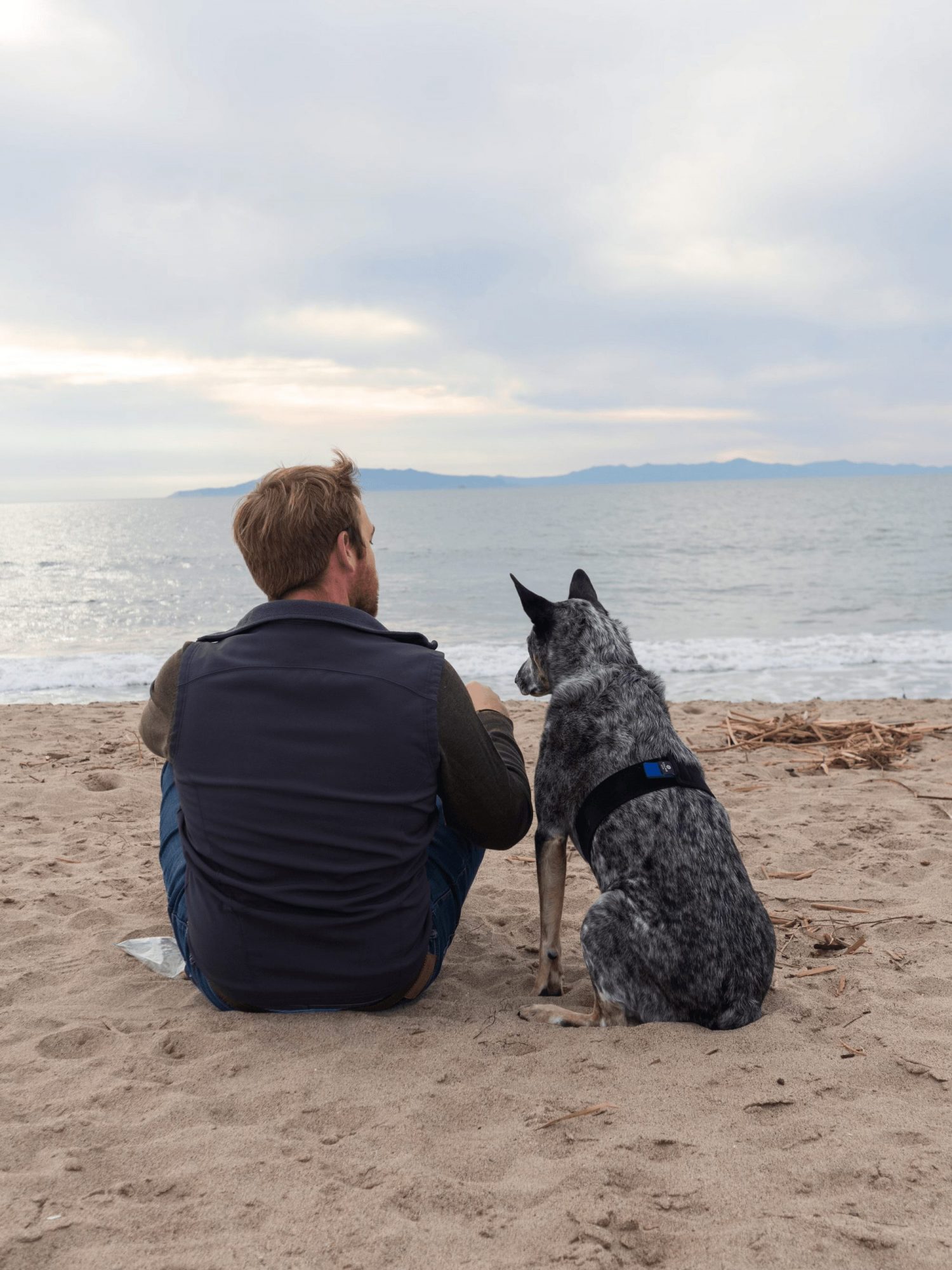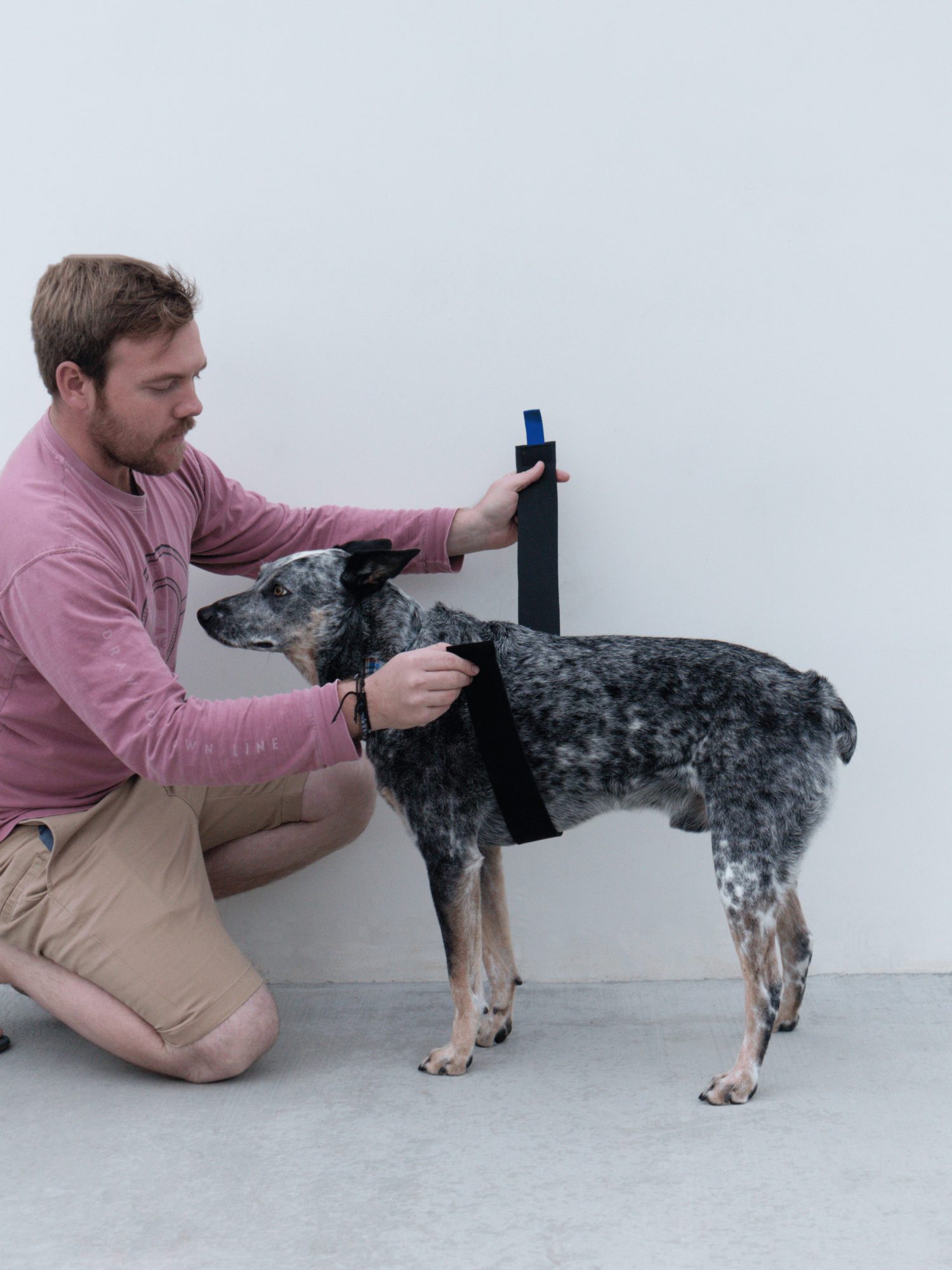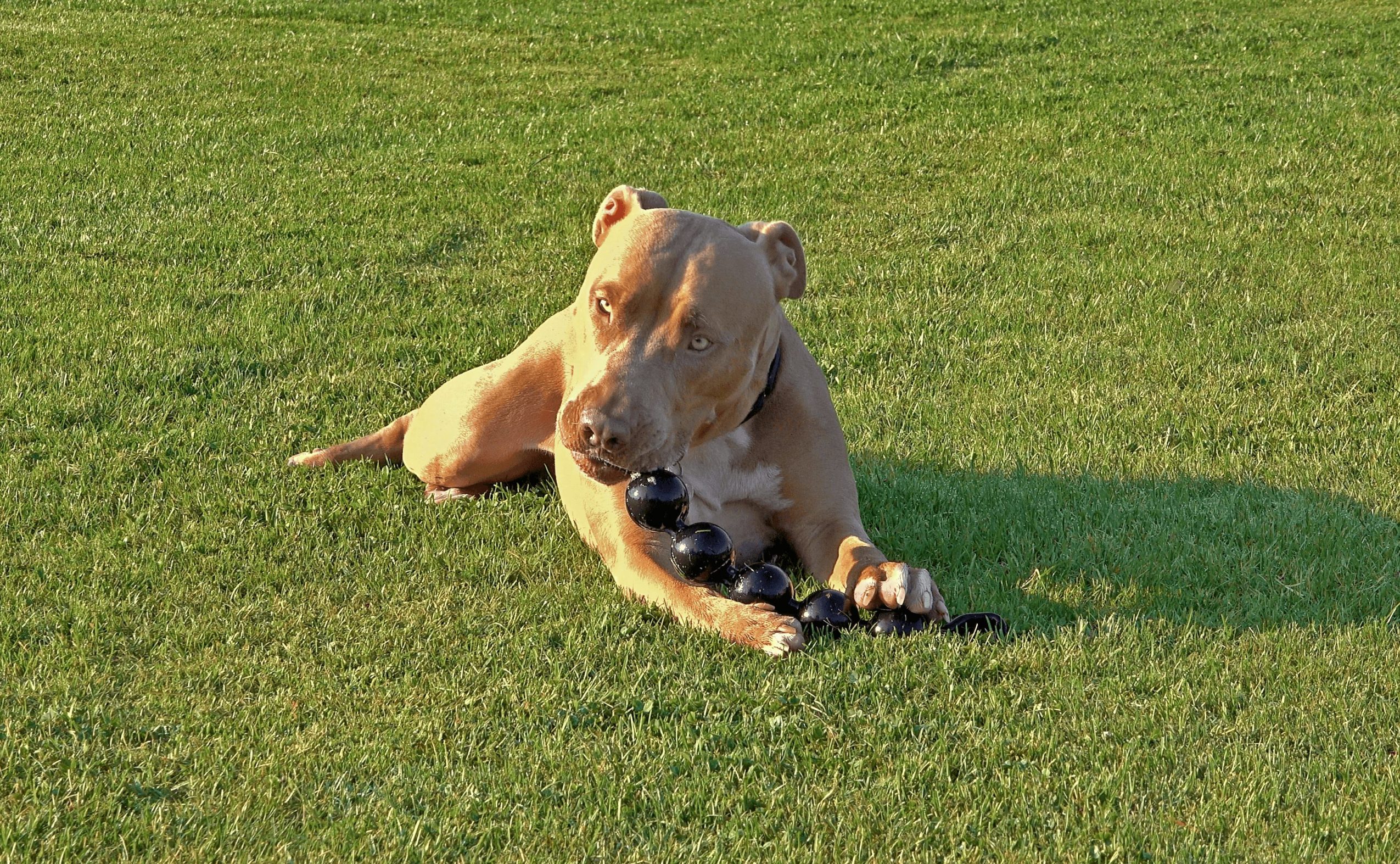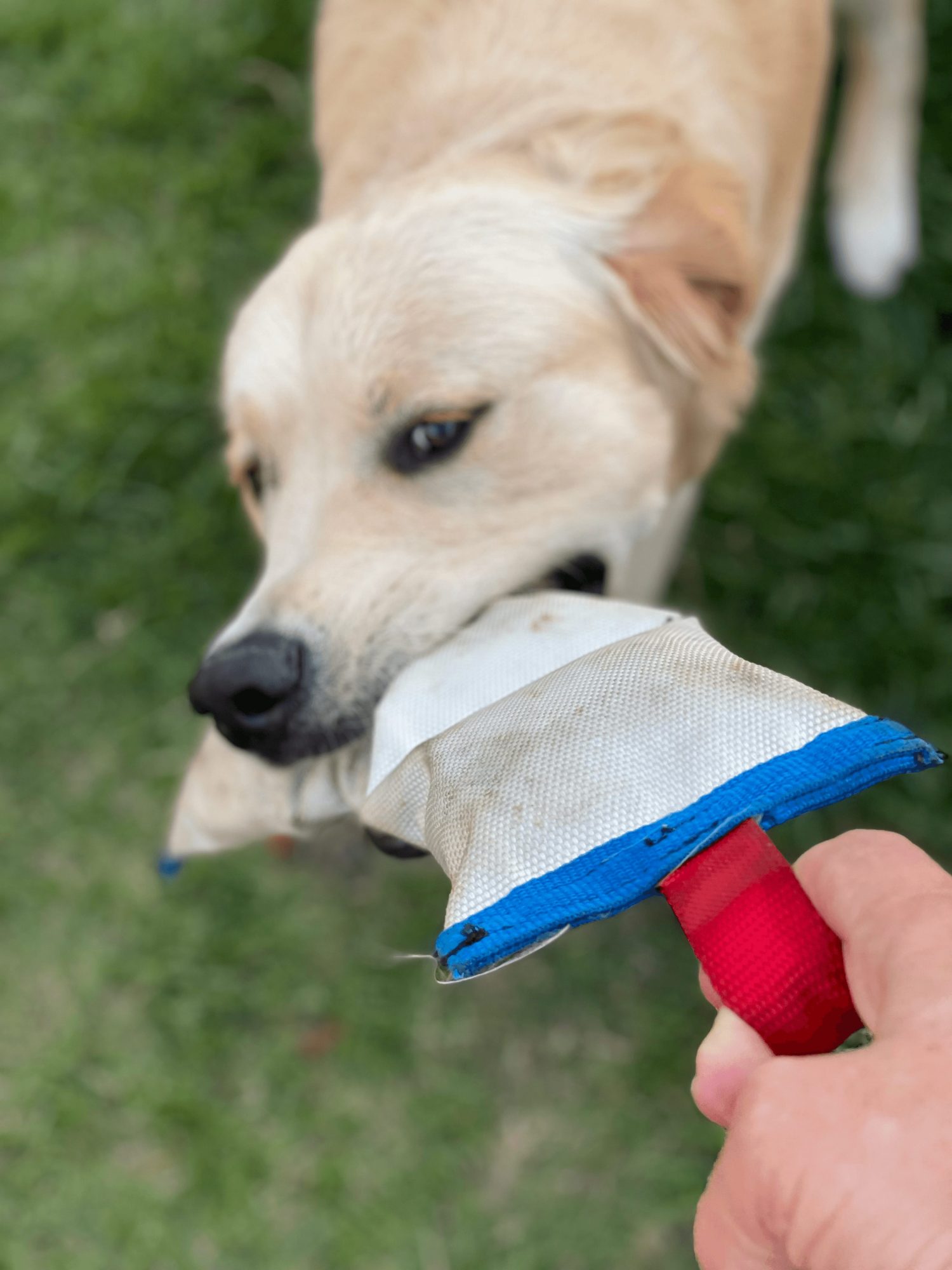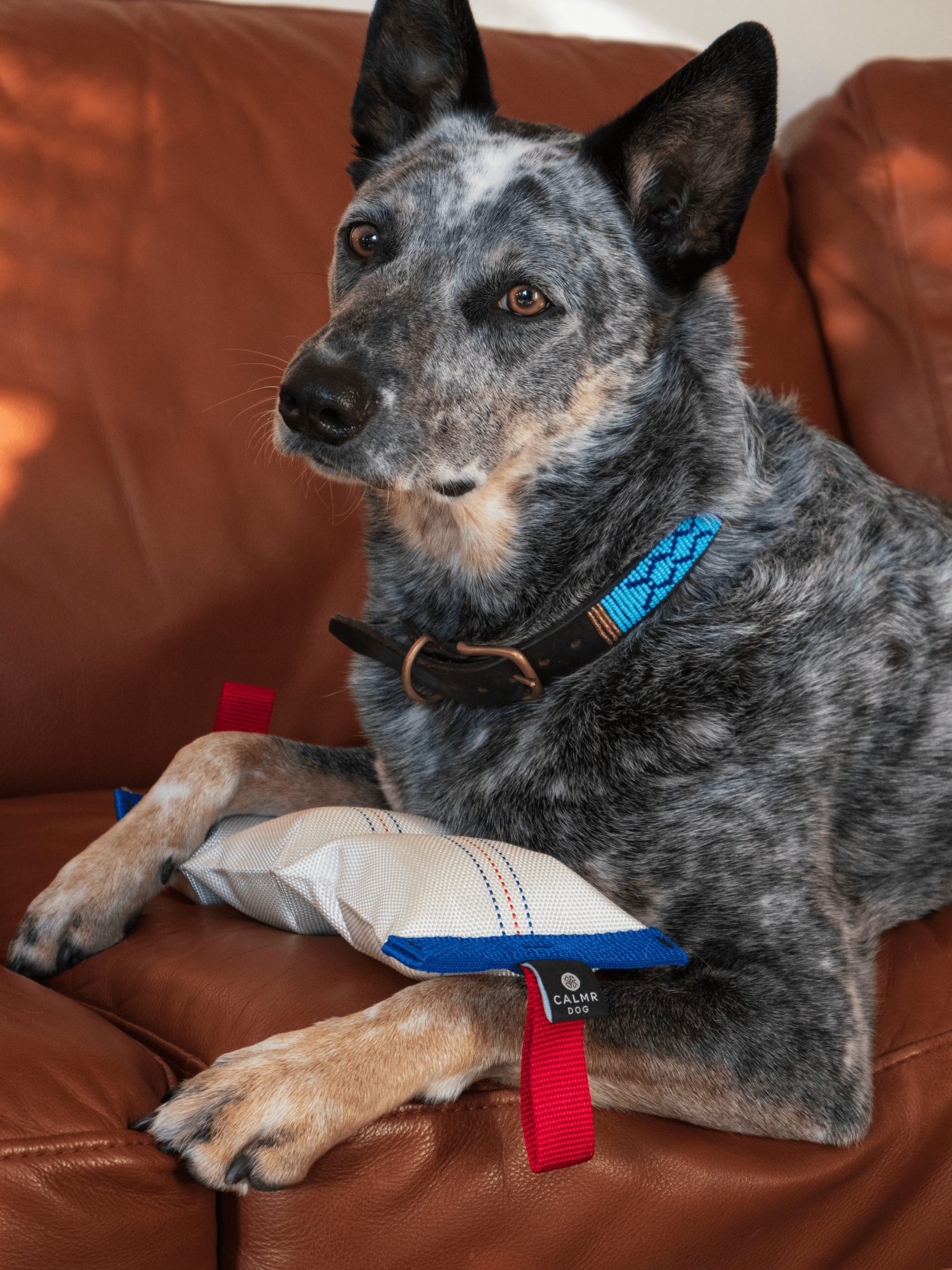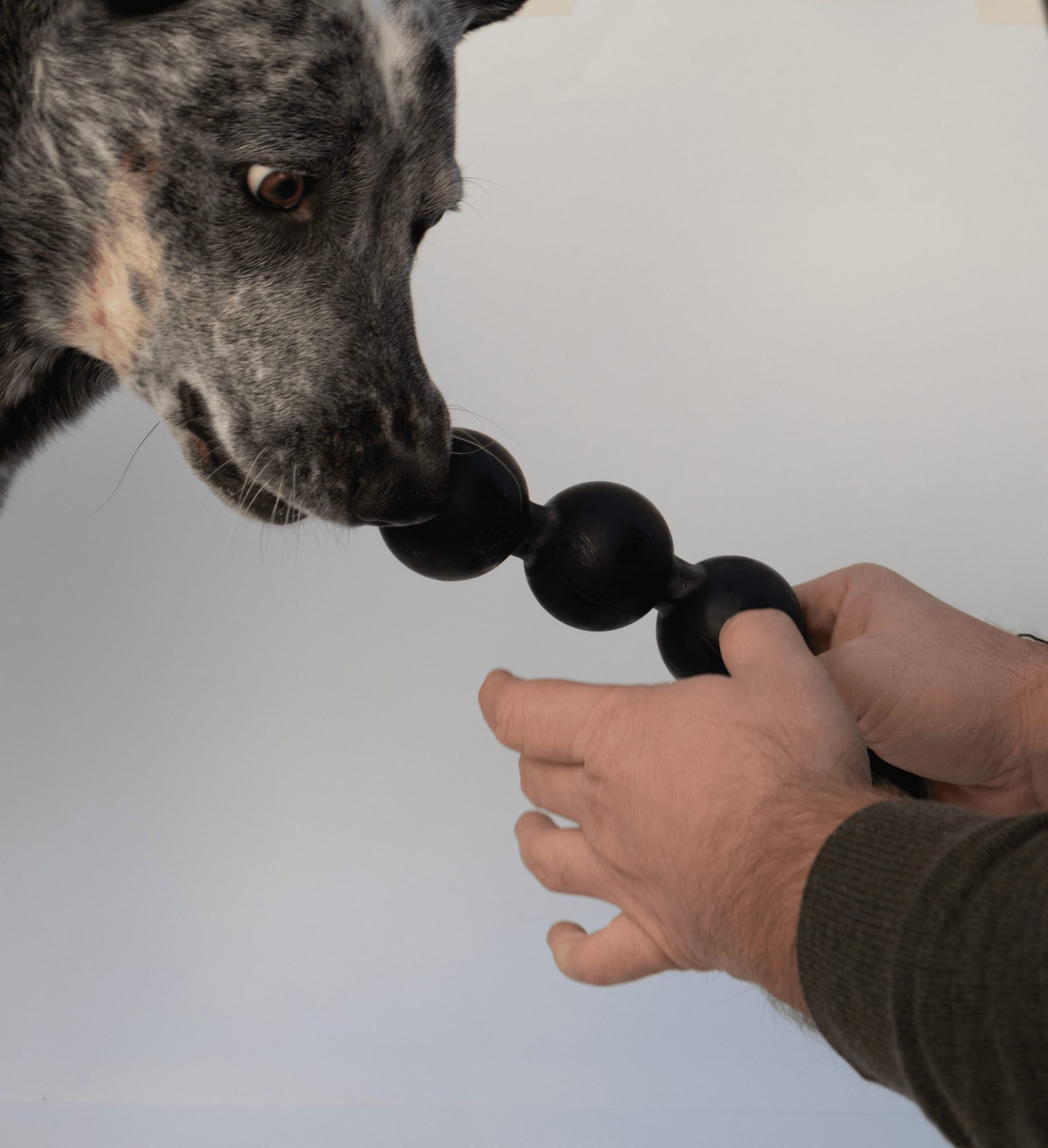 Today we’d like to introduce you to Mary Beth Evans.
Today we’d like to introduce you to Mary Beth Evans.
Hi Mary, can you start by introducing yourself? We’d love to learn more about how you got to where you are today.
When I sit with this question and get to the essence of how I was in the unique position to bridge the gap in addressing animal welfare, it comes down to my Mom and Dad and how they taught me to think. My Dad was a salty guy who never took somebody’s word at face value. If the pieces didn’t fit, he would have no problem questioning authority. He relished in engaging in deep discussions and loved to think. My mom was employed as a nurse, which taught her to be scientific in her thoughts and practical in her view of the world. She does not suffer fools! Despite that, they were both big softies, and we always had animals in the house.
So, growing up, I, too, had a tendency to question and ask why instead of making it easier to follow along. This did not always work out well for me as a kid. However, that way of thinking and searching for solutions has made Calmr Dog possible and put me in a position to find ways to soothe struggling dogs and their frustrated caregivers.
Through my mom, I developed a respect for the medical profession and was drawn to the field. However, when considering a career, I did not want to work the grueling schedule of nurses… So, I instead became an Occupational Therapist. There, I learned brain function and its crucial need for regulating sensory-motor input to direct healthy behavior.
Additionally, reflecting back on my childhood through the lens of a practicing Occupational Therapist, it makes perfect sense that I did not enjoy school; I, too, was struggling with sensory processing challenges. I could not keep my room clean; my handwriting was terrible. I was, and still am, a slow reader. When I am focused on a motor task I may lose where I am in space. My husband and I have a code word “orange” that cues us to do a posture check. I continue to be sensitive to sound and light and take steps to protect myself from the incoming sensory. Those younger days were hard, but I would not trade them for anything. The experience gave me empathy and understanding to develop kind behavior solutions for dogs and kids.
We are all sensory beings trying to make sense of our World with our own unique nervous systems. Some of us are more sensitive than others, and that can be our superpower!!!
We all face challenges, but looking back, would you describe it as a relatively smooth road?
The easy part is working with dogs! They get it right away. Evolution has taught them what they need to do to feel good, and they are stimulated to move those feet and play. The challenge is being the first in an any industry that has the potential to disrupt decades of research and practice. Professionals in the industry have a tendency to feel uncomfortable in how this may impact them instead of the good it will do for the animal. Additionally, conveying to these same professionals that the solution to soothing their stressed dogs with a display of natural behaviors is so deceptively simple that it is often missed.
As humans, when faced with a problem, we are hard-wired to “add” to the problem with “more,” do more and add more. This is why the pet industry generates billions with products attempting to remedy problem behaviors. But now we have the knowledge, technology, and method to provide better solutions by honoring the animal and deferring to their internal ability to self-regulate through purposeful play. It is just that simple.
I have also struggled with is trying to separate my role as an OT working with students with sensory-processing disorders from being a business owner providing a product line and method for addressing stress in companion animals. I did not want to error in offending those families or my profession by making a comparison between the human and canine. The truth is I cannot separate the two. Both species are animal organisms with the same functioning nervous system. I have proven that the methods I use to help individuals with Autism additionally helps canines in a stressed state. The difference is that the canines have a healthy, intact nervous system. The issue they are facing is that their environment does not provide adequate enrichment for their sensory-motor system to gain a calm state of being. Once I allowed myself to embrace the knowledge I have and that it will always be shared respectfully and, in an effort to further the learning in both disciplines, I was better able to dive in with no fear.
Appreciate you sharing that. What should we know about Calmr Dog Toys?
Our business model proposes a strategy of proactive, not reactive, intervention in addressing stress in our companion dogs. We do this by recognizing that prior to seeing a dog display problem behaviors or before placing expectations on the dog, there is an opportunity to address the struggle through play. The patent description states it is a toy with an internal-weighted spine in a backbone array. As pet people, we spend a dreadful amount of time putting pressure on the dog when they are not in an organized headspace to listen. By priming them first with heavy work and movement, they are better able to adapt to their environment. Dogs have a natural inhibition that they struggle to tap into when living in domesticated settings. The environment does not match what is innate in the breed. If given the opportunity to display natural dog behaviors that meet the intensity and quality of play that their breeding dictates, they are then able to feel purposeful, productive, and calm with a beautiful flood of inhibiting neurotransmitters washing over them,
We specialize in organizing the animal nervous system by providing nourishing sensory-motor input to the foundational senses of movement, muscle work, and deep pressure. What sets us apart is that we are the first to cross-species from human to canine behavior by applying a sensory-motor remediation framework to problem behaviors experienced by dogs in the home and shelter.
We are most proud of the strengthening of trust and relationship that occurs between dog and caregiver that develops during the therapeutic play. What is life for if not to experience joy with the ones you love…? The Calmr Method is an evidenced-based practice using the research which originated in 1972 by Dr. Jean Ayers, PhD, Occupational Therapist, to the current day with the research completed by Congdon & Owens, Animal Behaviorist, PhD team and their award-winning shelter research featuring the Calmr Dog Toy and Method…
Contact Info:
- Website: CalmrDog.com
- Instagram: https://www.instagram.com/calmrdogtoys
- Facebook: https://www.facebook.com/CalmrDogToys
- Linkedin: linkedin.com/in/douglas-b-evans
